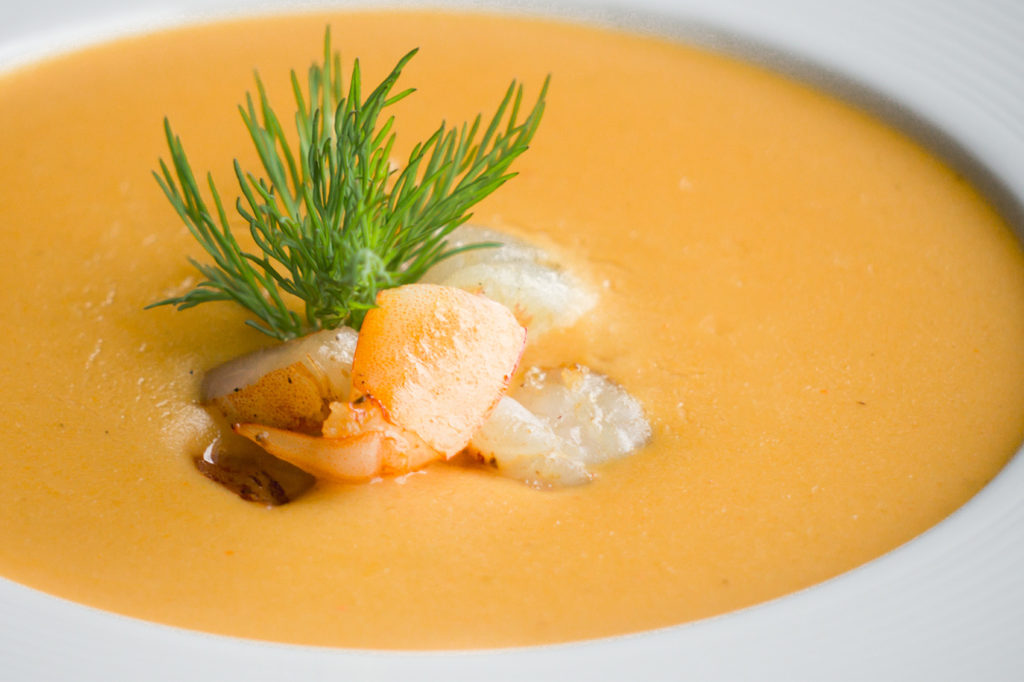In many industries, the chief financial officer or a certified public accountant has a major role in the financial health of the business.
But in the world of restaurants and food establishments, it’s the chefs who are largely responsible for the company’s finances. Chefs and cooks not only prepare all the food, but also purchase the raw ingredients, track the cost of each menu item, and establish an appropriate price to charge customers.
We’re going to discuss a few of the basics of food costs, as well as three tips you can use to keep them under control.
Why Is it So Important to Manage Food Costs?
Managing costs is a vital part of every business. For some industries, that’s easy. You buy a product and sell it at a markup.
In the food industry, it’s more complicated. Kitchens purchase a large variety of ingredients — proteins, veggies, cheeses, seasonings, herbs, even the cooking oil in the pan — and turn them into one finished dish with one ultimate price.
If the costs of each component aren’t carefully measured and tracked, you could sell a dish for $15 that cost $14 in product. That doesn’t leave enough margin to cover labor costs or fixed costs like rent and utilities. And there’s no profit, either!
Restaurants that don’t manage their food costs risk overspending and undercharging. This is a problem that you can’t “sell” your way out of, since increased sales will also increase your costs. And during lean times that create new challenges for the restaurant industry, keeping a grip on your food costs may be the difference between riding it out and closing your doors.
Basic Food Cost Calculation
Food cost is calculated as a percentage of total sales. To get your restaurant-wide food cost, you can follow this basic formula:
(Beginning Inventory Value + All Monthly Purchases – Ending Inventory Value) / Total Food Sales = Food Costs
While this will give you the overall food cost for the month, it won’t give you a detailed look at your spending.
You’ll also need to know the cost of each menu item to see which dishes are driving your costs up or down. This requires breaking down each recipe into its component parts, and knowing the cost of each ingredient. How much is an ounce of chicken breast? A ½ teaspoon of black pepper? What’s the cost of that squeeze bottle of balsamic reduction that you use as a garnish?
Every food item in the kitchen is contributing to your final food cost percentage!
Tip #1: Think of the Menu as a Whole
Restaurants have an overall food cost goal, usually between 28% and 35%. But that doesn’t mean each dish will hit that number. Some items will always cost more than others. For example, a vegetarian dish will nearly always be cheaper to make than a steak or seafood dish.
If your vegetarian dish costs $3 in product, you would have to charge $10 for it to hit a 30% goal. But if a steak dish costs $20 in product, you would have to charge $66 for it to meet the same goal.
If your clientele aren’t willing to spend $66 on a steak, it may not have a place on your menu. Or, you may need to lower the price of the steak dish (thus raising the food cost percentage). You can then raise the price of the vegetarian dish to help offset it.
But it gets a bit more complicated. You also have to consider your sales mix. What if you sell 30 steaks per night, and only 5 vegetarian dishes? In that case, the sales of the vegetarian entrees won’t be enough to offset the higher costs of the steaks.
This is why you have to look at how all the pieces of your menu fit together, if you’re going to manage your food costs. You may be able to justify a higher food cost on one or two specialty items — if the rest of the menu is coming in below your goal food cost percentage.
Tip #2: Get Serious About Food Waste & Portion Control
Kitchen waste comes in many forms, and they’ll all chip away at your food cost bit by bit. If cooks aren’t following recipes carefully, they can waste pricey ingredients. Proper training is vital!
Overproduction and over prepping are also common problems, and can often be attributed to poor communication. For example, perhaps there’s a big sporting event in town on Saturday. If your restaurant is located on the other side of town from the arena and doesn’t have TVs, you may be in for a slow night. But unless you update the prep crew, they will plan for the normal Saturday dinner rush. Now, you’re over prepped for the weekend.
“After my experience at Escoffier, I noticed a huge change in my business. I’m definitely more focused on waste management. I’m making more things from scratch instead of just buying them pre-bottled, using even the remains of vegetables and meats to blend and make marinades and stock.”
Nahika Hillery, Austin Culinary Arts Graduate & Chef/Owner at Kreyòl Korner Caribbean Cuisine
Keep track of waste with a waste log, to be updated whenever something has to be thrown away. This can reveal systemic issues like over-ordering and insufficient training. And if you’re missing product that can’t be accounted for on the log, you may have a theft problem.
Another way to cut waste is to ensure that everyone in the kitchen is properly sizing their portions. Is every steak cut to exact sizing specifications? If your 4 oz cuts are creeping up to 4.5 oz, you’re giving away a lot of free meat!
Culinary students at Auguste Escoffier School of Culinary Arts are taught to use every scrap to prevent waste and maximize profits. If you’re paying for a whole chicken, that includes skin, bones, and fat. So how can you make the most out of those items?
Online Culinary Arts student Damian Palacios recently put this philosophy to work in the kitchen at Bubba Gump Shrimp Company. He noticed that they were wasting a lot of shrimp scraps and shells. So he gathered them up and made a fresh shrimp stock as a base for shrimp bisque.
Damian said, “It was pretty scary at first, but they all liked it. They usually ask for my opinion now on how menu items taste and what I would do to improve it.”
Tip #3: Check (and Re-Check) Prices
Establishing the costs of each dish isn’t something you can do once and forget it. Distributors change their prices all the time. It could be due to inflation, a bad crop, tariffs, or a new trend that’s increasing demand.
In 2019, the avocado market was hit with a bad crop in California, uncertain relations with Mexico (a major avocado importer to the U.S.), and a huge surge in demand. Prices spiked 129% in just one year!
Chefs who weren’t paying attention wouldn’t know why their food cost was suddenly out of whack.
You have to verify your prices regularly and continue to shop for the best deals. This may mean working with a variety of vendors, or streamlining your process with just one or two distributors for bulk pricing. Some restaurants also band together to increase their purchasing power.
Escoffier Focuses on Food Costs
Escoffier’s business-focused culinary curriculum aims to prepare graduates with a foundation for both the food and financial sides of the industry.
In various degree and diploma programs students take Foodservice Math & Accounting, which covers cost control concepts in the hospitality industry.
Some programs also have additional coursework to dive deeper. An Associates Degree in Culinary Arts, for example, includes Culinary Foundations which discusses portion sizing, food costing, and yield analysis to help students master the numbers. And Baking & Pastry students might study Menu Design & Management and Food & Beverage Cost Control to explore price analysis and focus on profitability.
No chef will find lasting success in the industry if they neglect the business and financial sides of restaurant operations. Begin your journey in the culinary arts and entrepreneurship with a degree or diploma in Culinary Arts, Baking & Pastry, or Hospitality & Restaurant Operations Management!
Interested in learning more about food entrepreneurship? Try these articles:
- How to Start Your Own Food Truck
- How Culinary School Can Help You Write and Implement a Business Plan
- Visible Sanitation is Now an Unspoken Marketing Requirement for Restaurants
This article was originally published on August 29, 2016, and has since been edited.

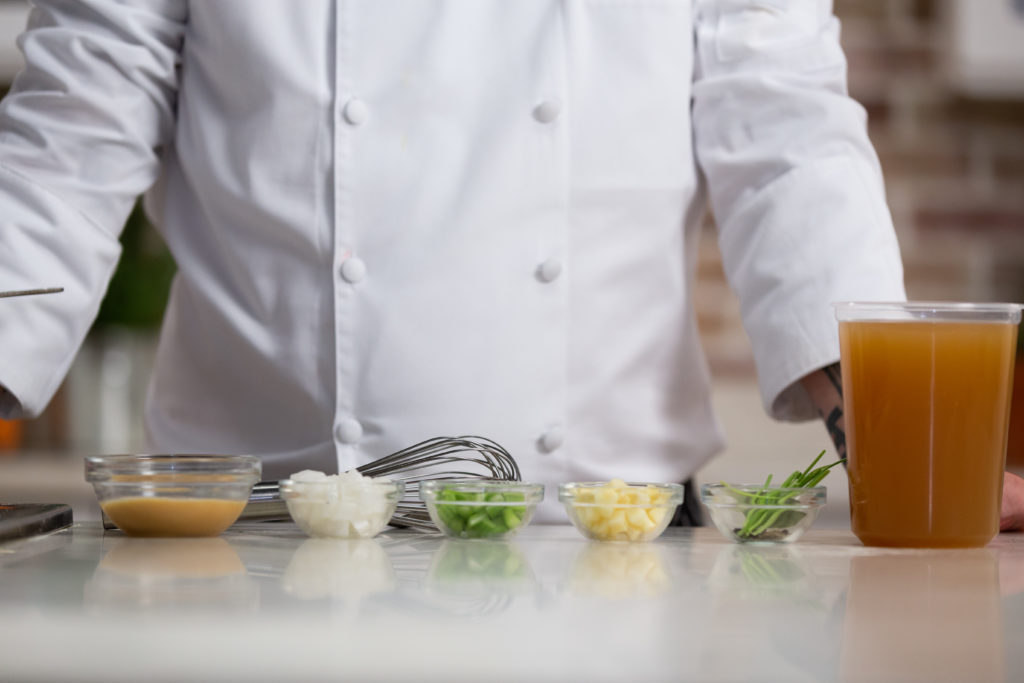
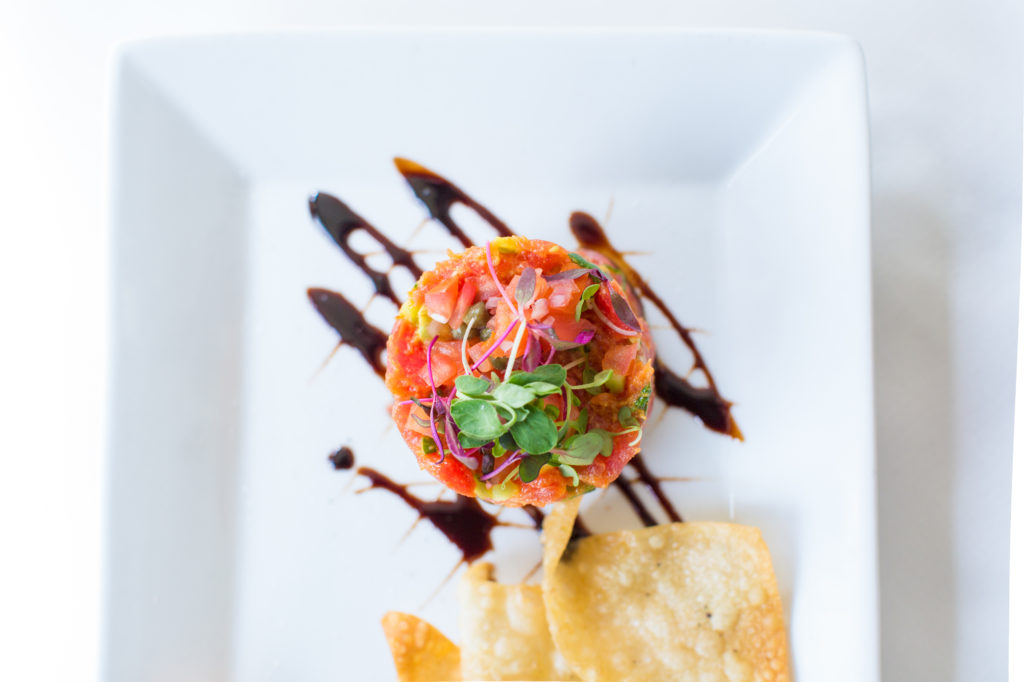
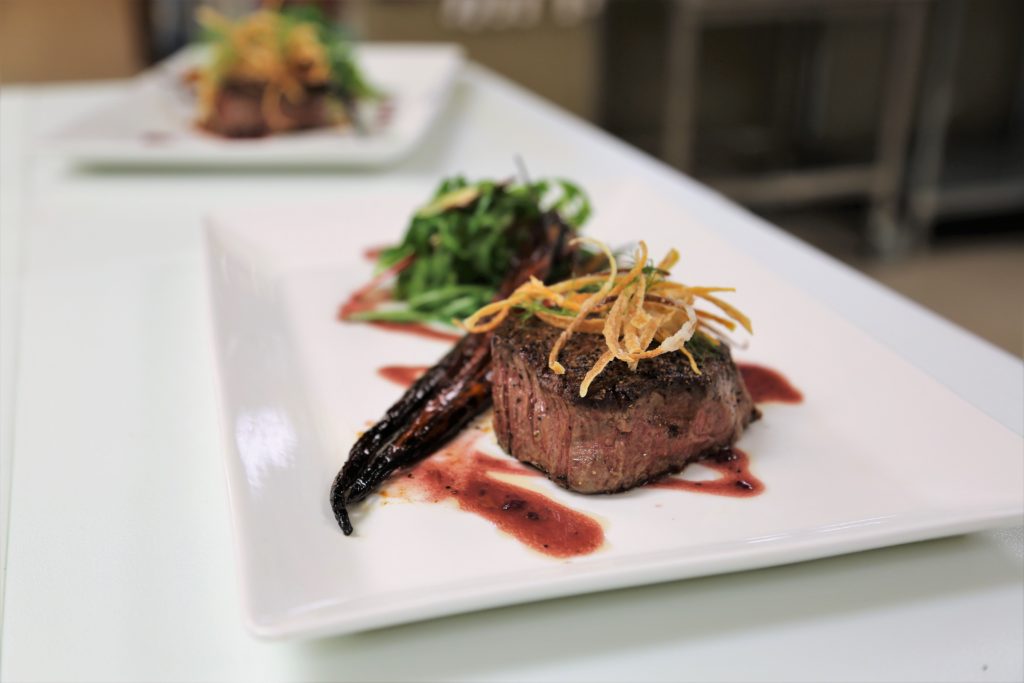
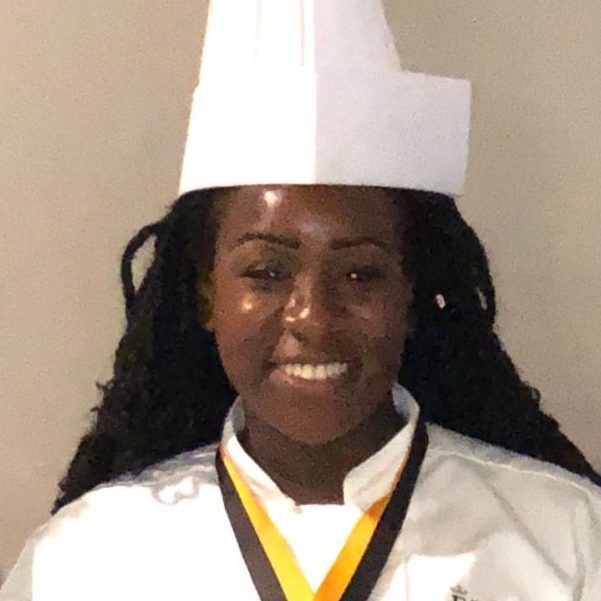 “After my experience at Escoffier, I noticed a huge change in my business. I’m definitely more focused on waste management. I’m making more things from scratch instead of just buying them pre-bottled, using even the remains of vegetables and meats to blend and make marinades and stock.”
“After my experience at Escoffier, I noticed a huge change in my business. I’m definitely more focused on waste management. I’m making more things from scratch instead of just buying them pre-bottled, using even the remains of vegetables and meats to blend and make marinades and stock.”